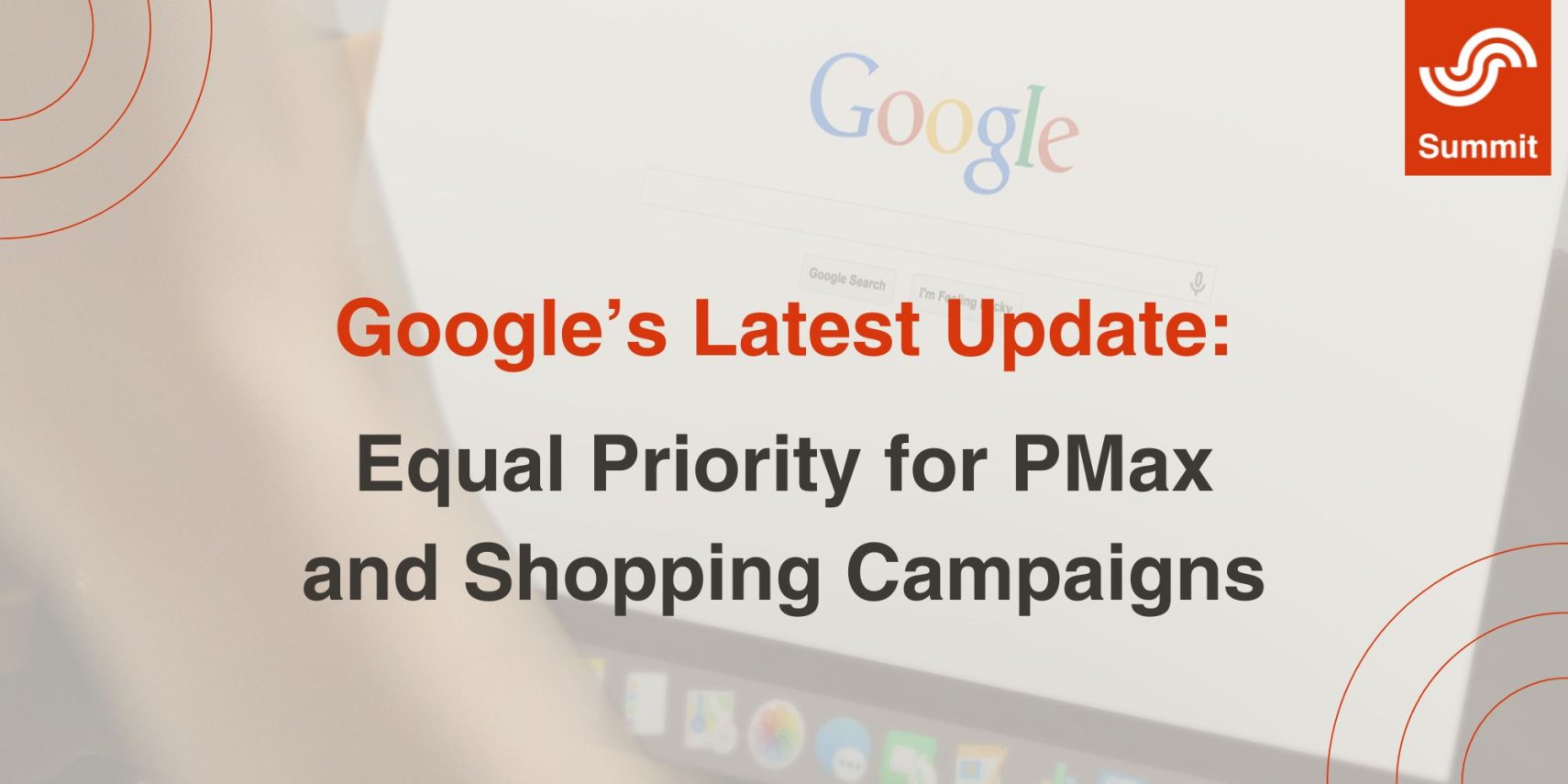Latest
Google Update Aligns Performance Max and Shopping Campaign Priority

What is the Google update?
Google has announced a significant update to its advertising platform that impacts the way Performance Max (PMax) and standard Shopping campaigns interact.
Traditionally, when the same product was promoted through both PMax and standard Shopping campaigns, PMax would always take priority and serve in search results before Shopping ads. However with this new update, which rolls out across October, both PMax and Shopping campaigns will be treated with equal priority and ad placement will now rely on typical ad dynamics. The ad with the best ad rank, based on factors such as quality and bid, will appear in search results.
Why have Google made this change?
This change aims to improve ad relevance across all types of campaigns, enhancing customer experience by serving the most relevant ads, regardless of campaign type. For retailers, the anticipated effect at the account level is expected to be neutral to positive, with improved ad relevance potentially boosting campaign performance.
Key Tips to Optimise for the New Ad Rank Dynamics
Given this update, it’s an ideal time to review the factors that influence ad rank within your campaigns. The two main areas to focus on are ad quality and bidding strategies.
1. Ad Quality and Creative Assets
- The quality of your ad assets significantly impacts ad rank, so ensure you have a variety of high-quality headlines, descriptions, images, and videos that can achieve an “excellent” score. Ad relevance plays a major role in connecting with potential customers, so align your copy closely with the products in your asset groups and the messaging on your landing pages.
- Google’s algorithms also consider expected impact, factoring in data like projected click-through rates (CTR) and landing page relevance, both of which contribute to higher ad rank.
2. Smart Bidding Strategies and Budget Allocation
- Effective bidding strategies, budget management, and awareness of competitor activity are crucial in optimising ad rank. By using Google’s smart bidding options, you allow the system to leverage extensive data and adjust bids for each search based on the likelihood of achieving your goals.
- To get the most from smart bidding, ensure Google’s systems have access to as much data as possible. Audience signals, for example, can significantly improve PMax performance by helping the system reach high-intent users more efficiently.
This update reinforces the importance of ad quality, relevance, and data-driven bidding strategies. Leveraging these best practices can help retailers maximise campaign performance and adapt seamlessly to this new, priority-equal approach for PMax and Shopping campaigns.
If you want to understand how you can better optimise your Shopping and PMax activity, get in touch with our Productcaster experts today via their website or at info@productcaster.com. For regular insights from Summit and Productaster, join our Retail Bites mailing list.
Written by
Ready for change? Let's talk
Speak to Summit